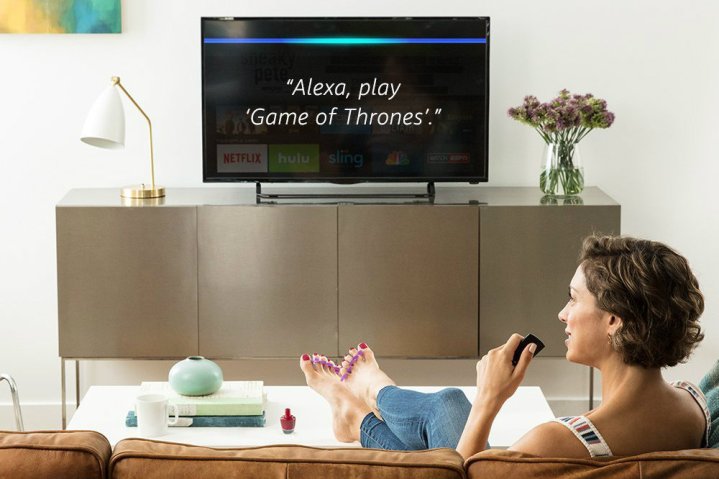It’s not exactly breaking news that consumers are becoming more and more accepting of voice-powered technology like their smartphones, tablets, and smart speakers, but a new survey out this week from Adobe Analytics does demonstrate a few interesting things about the ways we interact with devices using voice technology, not to mention a few key insights from the director of Adobe Analytics.

First, over a third of the 1,000+ consumers that Adobe surveyed in January had heard an ad on a smart speaker before, while a third of that subset found that ads playing on smart speakers are less intrusive and more engaging than ads on television, print, online and social media.
“Whether it is music, news or podcasts, what people listen to is very personal and custom in nature,” explained Colin Moors, director of Adobe Analytics in the report. “It generally makes them more receptive to ads in this case, especially when advertisers can customize the creative based on genre, listener profiles, and the like. We have consistently seen that audio tends to reach distinct audiences that other formats miss, such as among younger listeners who have been quick to adopt smart speakers into their daily lives.”
As far as the types of devices people would like to have voice functionality embedded in, the list runs the gamut from the things we use every day to a variety of evolving smart home devices. Naturally, the television and the car occupy the heaviest parts of the list at 42% and 29% respectively, but a surprising number of other everyday devices make the list including thermostats, lighting, washer/dryers, and kitchen appliances.
In other observations, 38% of consumers say that their smart speaker experience would be enhanced with a touchscreen, and 64% report keeping a smart speaker in the living room and 46% in the bedroom.
So it looks like smart speakers are reaching greater mass adoption, but it also looks like consumers aren’t using them to their full capacity. Nearly three-quarters report playing music on them while 66% grab their daily or weekly weather forecasts there. But emerging applications that aren’t so common like ordering food, playing games, and managing finances still remain in the basement of Adobe’s list of activities.
“Adobe’s findings show that brands need to move consumers from one-time transactions to deeper engagement that happens daily,” observed Moors. “Simplicity is key, and starting with a single-function ‘hero feature’ is the best starting point. This happened successfully on smartphones, with features such as getting a boarding pass.”
Finally, along with some statistics involving the gender and age of smart speaker owners and a rosy post-holiday assessment that demonstrated double-digits in smart speaker ownership, Adobe finds that most consumers are pretty happy with their voice assistants. Over half of consumers find voice assistants work well today, which reflects the industry’s multi-billion investment in artificial intelligence and natural language processing.
In terms of which voice assistant is the fan favorite, Adobe was actually looking at devices and not brands, so no popularity contest here between Siri, Alexa, and Google Home for now. Naturally, nearly half of consumers said the voice assistant on their smartphone is the favorite, followed by smart speakers at about a third, with minimal results for cars, tablets, laptops, and wearables.
If you want to know how these results compare to last year’s report, you can read our breakdown here. In the meantime, we’ll keep you posted as the technology and smart home industry continue parsing their customers for consumer insights, but the takeaway is this for now: voice technology is popular with consumers, it’s improving at a phenomenal rate, and it’s sure not going away anytime soon.


